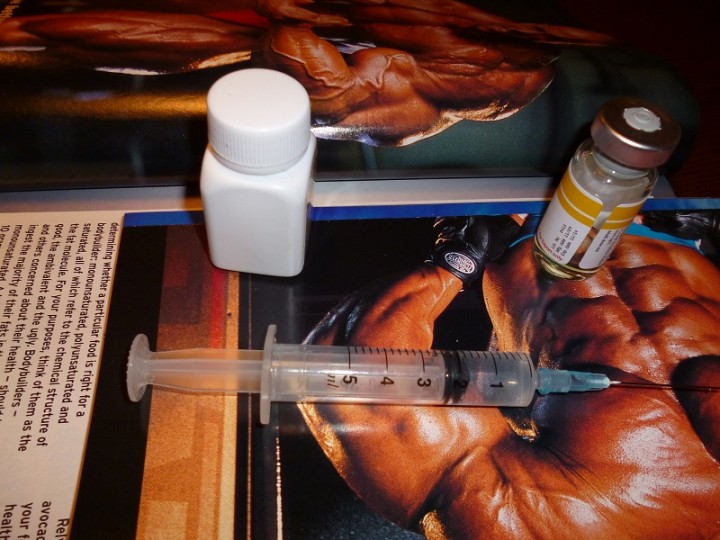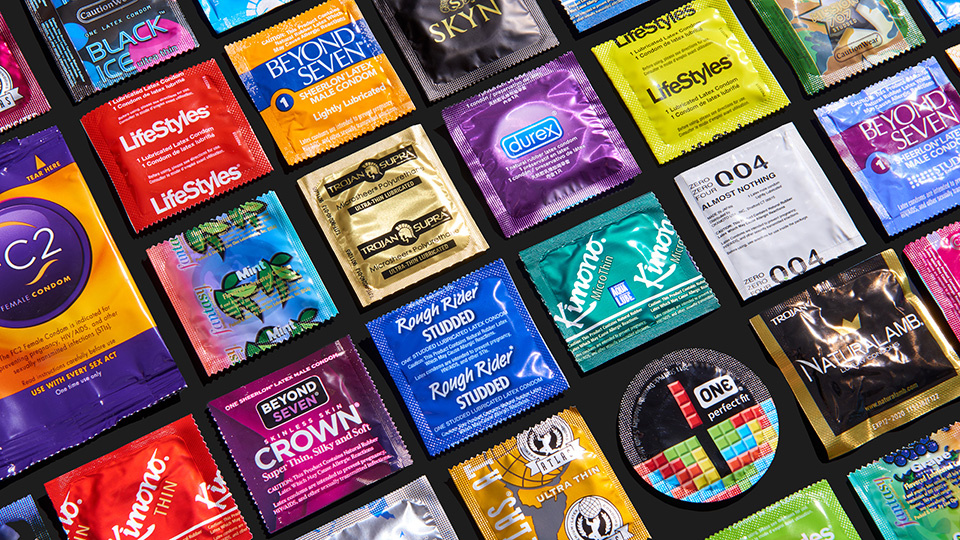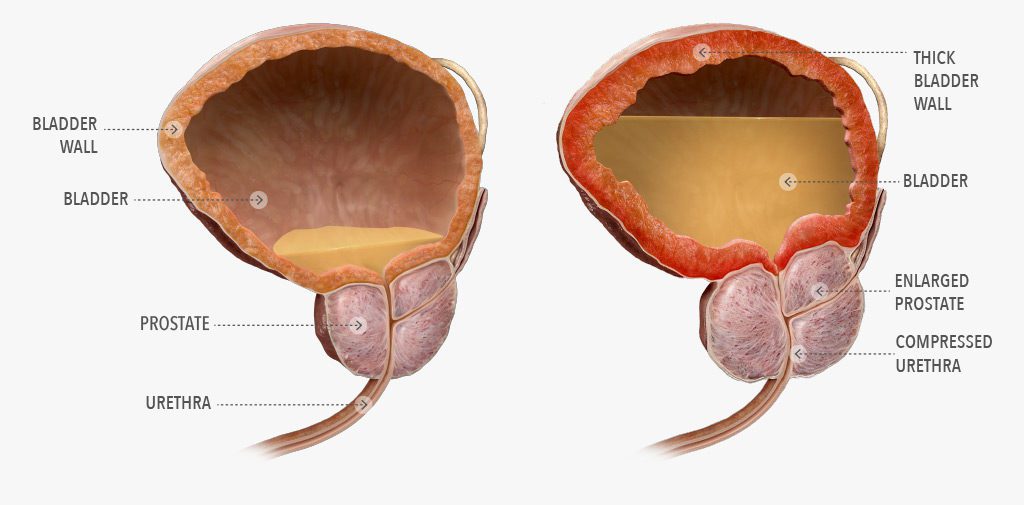What is orgasmic anhedoniapleasure dissociative orgasmic dysfunction?
What is orgasmic anhedoniapleasure dissociative orgasmic dysfunction?




Sexual Health, Birth Control, and Condoms
A condom may come off during sex because:
Condoms can be purchased at most drug stores. Condoms also are sold in some vending machines in public restrooms.
Condoms are about 82% effective for birth control. With careful use, they are even more effective. Keep in mind that the best way to avoid getting pregnant is to not have sex (abstinence).
Latex condoms provide protection from sexually transmitted diseases by preventing the infected area from coming into contact with the partner. Polyurethane condoms provide some protection, although not as much as latex. Natural or lambskin condoms do not protect against STDs because they have larger holes or "pores" that allow the small particles that can cause some STDs to pass through. Many STDs -- including HSV, which causes herpes, and HPV or the human papillomavirus, which is the most common sexually transmitted infection -- can be transmitted from areas not covered by a condom.
Contraceptive foam can offer added protection against pregnancy in case a condom breaks. Use of spermicides can irritate the genital tissues and may increase the risk of STDs, including HIV/AIDS.
When used together and properly, foam and condoms are about 97% effective in preventing pregnancy.
The female condom is a lubricated polyurethane (plastic) tube that has a flexible ring at each end. One end of the tube is closed.
Before sexual activity begins, the woman inserts the condom into her vagina so that the closed end of the tube covers the cervix, and the other end slightly covers the labia (lips on the outside of the vagina). The condom blocks sperm from entering the womb. Female condoms should be discarded after one use.





Sometimes, people feel deep sadness or agitation after consensual sex. The medical term for these feelings is postcoital dysphoria (PCD), but some call it the “post-sex blues.”
In some cases, people become tearful or depressed after orgasm. In others, they become argumentative with their partner. These feelings occur even if the sexual encounter has been satisfying and enjoyable.
Not much is known about PCD, but research published in the journal Sexual Medicine in 2015 has revealed how common it is among women.
Researchers from the Queensland University of Technology (QUT) in Australia asked 230 female university students to participate in a survey about their experiences with PCD. The women ranged in age from 18 to 55 with an average age of 26 years.
Forty-six percent of the women said they’d experienced PCD in the past. About 5% said they’d had symptoms over the past month. And about 2% reported having PCD “always” or “most of the time.”
However, PCD was not linked to intimacy in close relationships, the researchers reported.
Experts aren’t sure why PCD happens. It may be that the bonding with a partner during sex is so intense that breaking the bond triggers sadness. Childhood sexual abuse may play a role as well.
The QUT researchers noted that their findings may not apply to other groups, as their participants were heterosexual, mostly Caucasian, and university students.
Additional studies with larger, more diverse groups may provide more clues. It is also uncertain to what extent postcoital dysphoria affects men.
People who are concerned about the post-sex blues are encouraged to talk to their doctor or a sex therapist.

It’s possible. Soft drinks, which include sweetened carbonated beverages like soda, are usually high in sugar, refined carbohydrates, and calories. Consuming too much of these ingredients can contribute to the development of metabolic syndrome, which can then lead to erectile dysfunction (ED).
Metabolic syndrome is actually a group of conditions that include obesity, high triglycerides, low HDL (“good”) cholesterol, high blood pressure, and high blood sugar. Many people with metabolic syndrome eventually develop diabetes.
In 2015, research published in the Journal of Sexual Medicine found that men with metabolic syndrome are 2.6 times more likely to have ED compared to healthy men. And in 2010, a study in the British Medical Journal reported that obese men were two and a half times more likely to have ED than men who were not obese.
In addition, men with diabetes are about four times more likely to develop ED compared to non-diabetic men. They are more likely to start having erection problems at earlier ages, too.
There are many ways the components of metabolic syndrome can lead to ED.